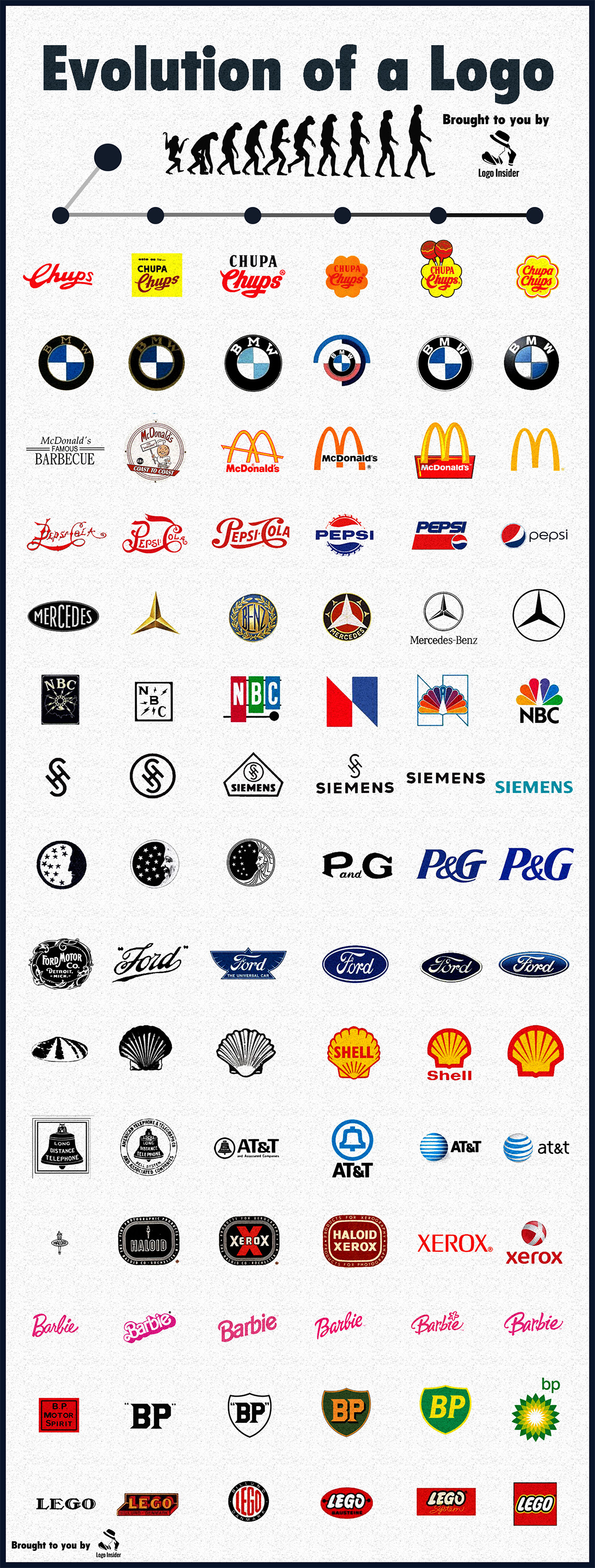In a world awash with information, our ability to make sense of data determines how effectively we solve problems, innovate, and make decisions. Yet raw numbers, no matter how precise, can often obscure the very insights they’re meant to reveal. This is where the power of visualization comes in—a uniquely human tool for transforming abstract data into intuitive, actionable insights. Visualization, when done effectively, transcends the barriers of complexity and enables us to grasp relationships, patterns, and trends that would otherwise remain hidden in plain sight.
Let’s dive into why visualizing data graphically is so profoundly impactful and how it connects to fundamental principles of how we process and understand information.
The Science Behind Visualization: How Our Brains Work
To understand the utility of graphical data representation, it’s important to first understand how our brains process information. Humans are inherently visual creatures—nearly 50% of the brain’s cortex is involved in visual processing. The human brain can process images in as little as 13 milliseconds, whereas reading or interpreting raw numerical data takes significantly more cognitive effort.
Consider the difference between looking at a line graph and reading a table of numbers. The graph immediately reveals trends—upward growth, sudden drops, or recurring cycles—without requiring you to calculate or mentally interpolate anything. This ability is rooted in our brain’s capacity for pattern recognition, a skill evolution honed to help us survive (e.g., spotting predators in the wild or recognizing ripe fruits). Visualizations tap into this innate ability to detect relationships and anomalies instantly.
The Core Benefits of Graphical Data Visualization
1. Making Complex Data Intuitive
Data often exists in massive, multidimensional sets—imagine a spreadsheet with hundreds of rows and columns. While this information is valuable, the sheer volume makes it inaccessible to most people. Graphical representations such as scatterplots, heatmaps, or network diagrams distill complexity into forms that are intuitive.
For example, a scatterplot showing CO₂ emissions vs. GDP per capita for countries worldwide makes it immediately apparent which nations are high emitters relative to their economic output. A table with the same data might take minutes or hours to parse, while a graph tells the story in seconds.
2. Revealing Patterns and Trends
Raw data often conceals trends and outliers that are critical for decision-making. Imagine plotting global temperature data over 150 years as a line graph. The rising slope isn’t just a collection of numbers—it becomes a visual narrative of climate change. Similarly, bar charts, histograms, and box plots can illuminate frequency distributions, deviations, and other statistical insights in ways that mere numerical summaries cannot.
3. Facilitating Communication and Persuasion
Graphs are not only tools for understanding; they’re tools for communication. A well-designed visualization can make an argument far more compelling than any paragraph of text. This is why scientists, policymakers, and marketers rely heavily on data visualization. Whether it’s a pie chart showing market share or a time series chart highlighting quarterly revenue growth, visuals persuade by making data accessible and memorable.
4. Allowing Multidimensional Exploration
When datasets involve multiple variables, the challenge of interpretation increases exponentially. Interactive visualizations (like those built with tools such as Tableau or Power BI) allow users to explore relationships dynamically, changing variables, timeframes, or filters to uncover deeper insights. For example, a 3D scatterplot could reveal correlations between income, education, and health outcomes that wouldn’t be apparent in a 2D format or a simple summary statistic.
Visualization in Action: Real-World Examples
1. COVID-19 Dashboards
During the pandemic, data visualization played a pivotal role in informing the public. Interactive dashboards tracked infections, deaths, and vaccination rates in real time. A simple heatmap of infection rates by region immediately highlighted hotspots, while line charts of case numbers revealed whether measures like lockdowns were working.
2. Climate Science
Climate change data—spanning decades, regions, and variables such as temperature, rainfall, and CO₂ levels—would overwhelm even the most diligent researcher in raw form. Visualizations like NASA’s global temperature anomaly maps distill this complexity, making it clear at a glance where and how the planet is warming.
3. Financial Markets
Stock market visualizations, such as candlestick charts, convey multiple dimensions of information (opening price, closing price, highs, lows) in a compact format. Traders rely on these to spot trends and make split-second decisions that would be impossible with just numerical data.
The Pitfalls of Poor Visualization
While visualization is powerful, it’s a double-edged sword. Poorly designed or intentionally misleading graphs can distort data and mislead viewers. For example:
- Cherry-picking Axes: A bar chart with manipulated scales can exaggerate or downplay differences.
- Overcomplication: 3D charts or excessive colors can obscure the intended message rather than clarify it.
- Correlation vs. Causation: Graphs showing correlations without context can falsely imply causal relationships.
This underscores the importance of using data visualization responsibly, adhering to principles of clarity, accuracy, and honesty.
Why Visualization Is the Future
The amount of data we generate is growing exponentially—over 2.5 quintillion bytes of data are created every day. As machine learning and artificial intelligence integrate into more aspects of life, they will analyze this data at unimaginable scales. However, humans still need a way to understand the results, and this is where visualization bridges the gap between machines and minds.
Data visualization doesn’t just help us make sense of the world—it shapes how we think, what decisions we make, and even how we innovate. In an age defined by information, the ability to visualize data is no longer just a skill—it’s a superpower.
So next time you’re staring at a spreadsheet or a block of raw numbers, remember: the insight is there, waiting to be unlocked. A graph isn’t just a pretty picture; it’s a window into the story your data is trying to tell.







